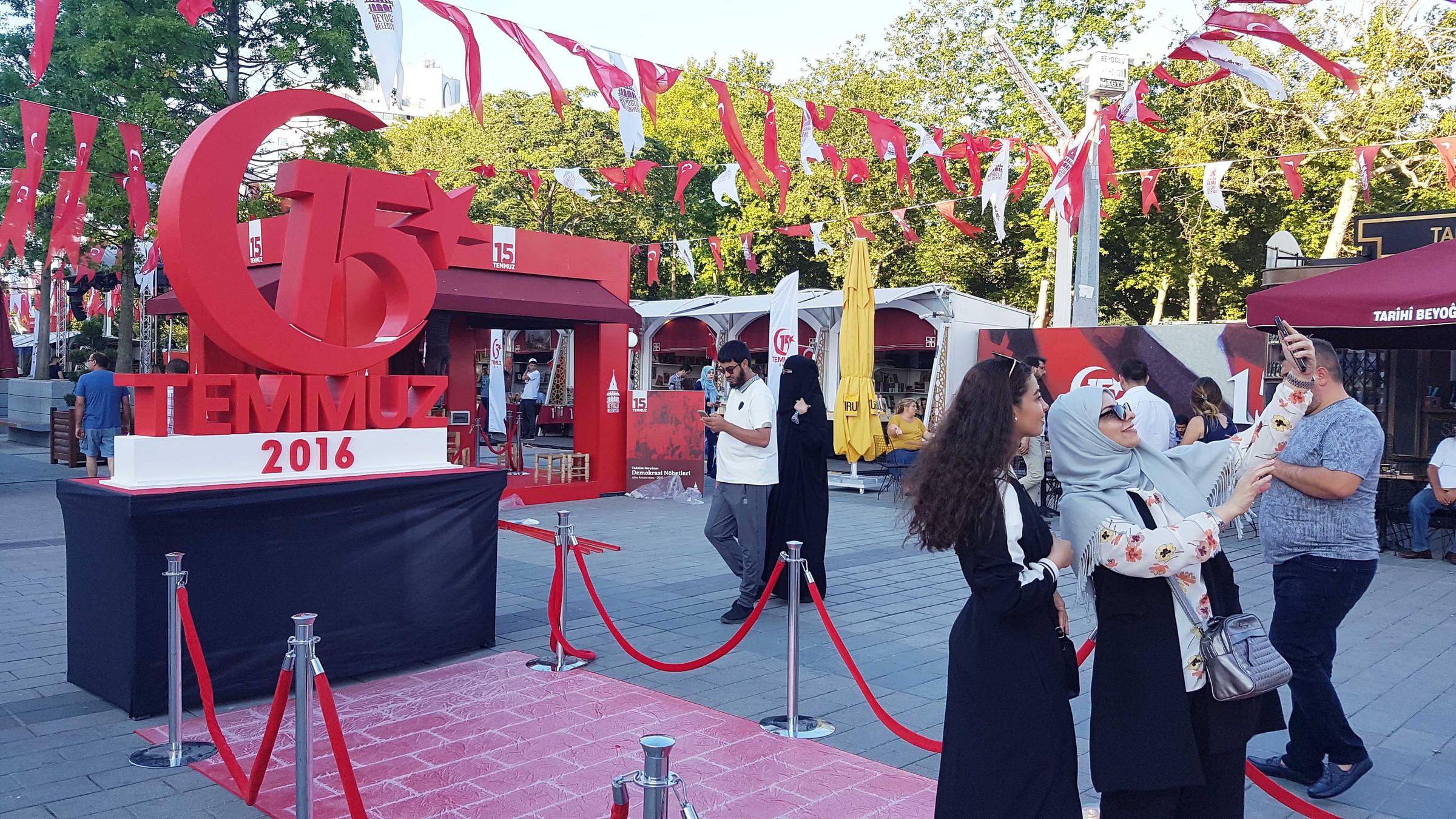
The western land wall, which was constructed by Theodosius II from 404 to 458 CE, was a massive three-tiered system of walls, towers, and ditches that was a marvel of military architecture. Traces of them within modern-day Istanbul are often hard to find. The sea walls, which defended against naval assaults from the waters around Istanbul, were less impressive than the western land walls. The walls wrap around the entire city, creating a large land wall on the western edge, and a smaller but still formidable sea wall along the eastern, northern, and southern edges. The walls of Constantinople were modified continuously over time, but the major constructions were done by Constantine the Great in the 4th century, and Theodosius II in the 5th century. Walls of Constantinople Photo by Bigdaddy1204 from Wikimedia Commons Inside the Hagia Sophia, the Ottomans added numerous prayer halls, a Qibla, and many decorations containing Arabic Caligraphy.Ģ. They added four massive stone minarets to the four corners, which give the Hagia Sophia its current mosque-like appearance. The Ottoman Turks then heavily modified the building. The Hagia Sophia was the church at the center of the Eastern Orthodox faith until 1453 when it was converted into a mosque by the Ottoman Sultan Mehmed II. The Hagia Sophia was constructed in a relatively short timeframe of just 5 years and 10 months and was completed in 537 CE. In addition to mosaics, the church contains large pieces of mirrored marble slabs and intricately carved column capitals. These mosaics are built from thousands of glass tiles in various colors, many of them containing real gold. In the image above you can see some of the signature Byzantine Mosaics found throughout the building. The interior of the Hagia Sophia was decorated with all of the typical elements found in Byzantine Architecture. It wasn’t until the completion of Brunelleschi’s dome at Florence Cathedral that the Hagia Sophia lost the title of “world’s largest.” At the time of its completion, it was the largest dome in the world, surpassing that of the Pantheon in Rome. The church utilizes two half-domes to spread the weight of the massive central dome. The church was the most ambitious pendentive dome ever constructed by the Byzantines, and its design was replicated countless times by later Ottoman architects. It’s often regarded as the greatest work of Byzantine Architecture ever completed, and it’s located in the heart of the historic center of Istanbul. The Hagia Sophia was built during the reign of Emperor Justinian the Great, one of the most notable rulers of the Byzantine Empire.


Map of Istanbul highlighting the most notable works of Byzantine Architecture within the city. Maps Data: Imagery © 2022 Maxar Technologies, Map Data ©2022 TerraMetrics, Map Data ©2022 GoogleMaps and to absorb some authentic Turkish culture. The article below will highlight the greatest examples of architecture within Istanbul, breaking them down into three phases: Eastern Roman or Byzantine Architecture in Istanbul > Ottoman Architecture in Istanbul > Modern Architecture in Istanbul View of Istanbul from the Galata Tower Today Istanbul is the 15th largest city on earth by population, and each year millions of people visit to see its incredible monuments. The Eastern Roman and Ottoman Empires both named Constantinople their capital, and both nations built incredible buildings throughout the city. Formerly known as Constantinople, the city was established on the strategic Bosphorus Straight – a narrow body of water that is the only passage between the Black Sea and the waters of the Mediterranean. Istanbul is a city connecting east and west, situated at the crossroads of continental Europe and Anatolia in western Asia. UNESCO Sites in Istanbul: Istanbul Historic Center Must-See Sites in Istanbul: Hagia Sophia, Hippodrome, Süleymaniye Mosque, Topkapı Palace


 0 kommentar(er)
0 kommentar(er)
